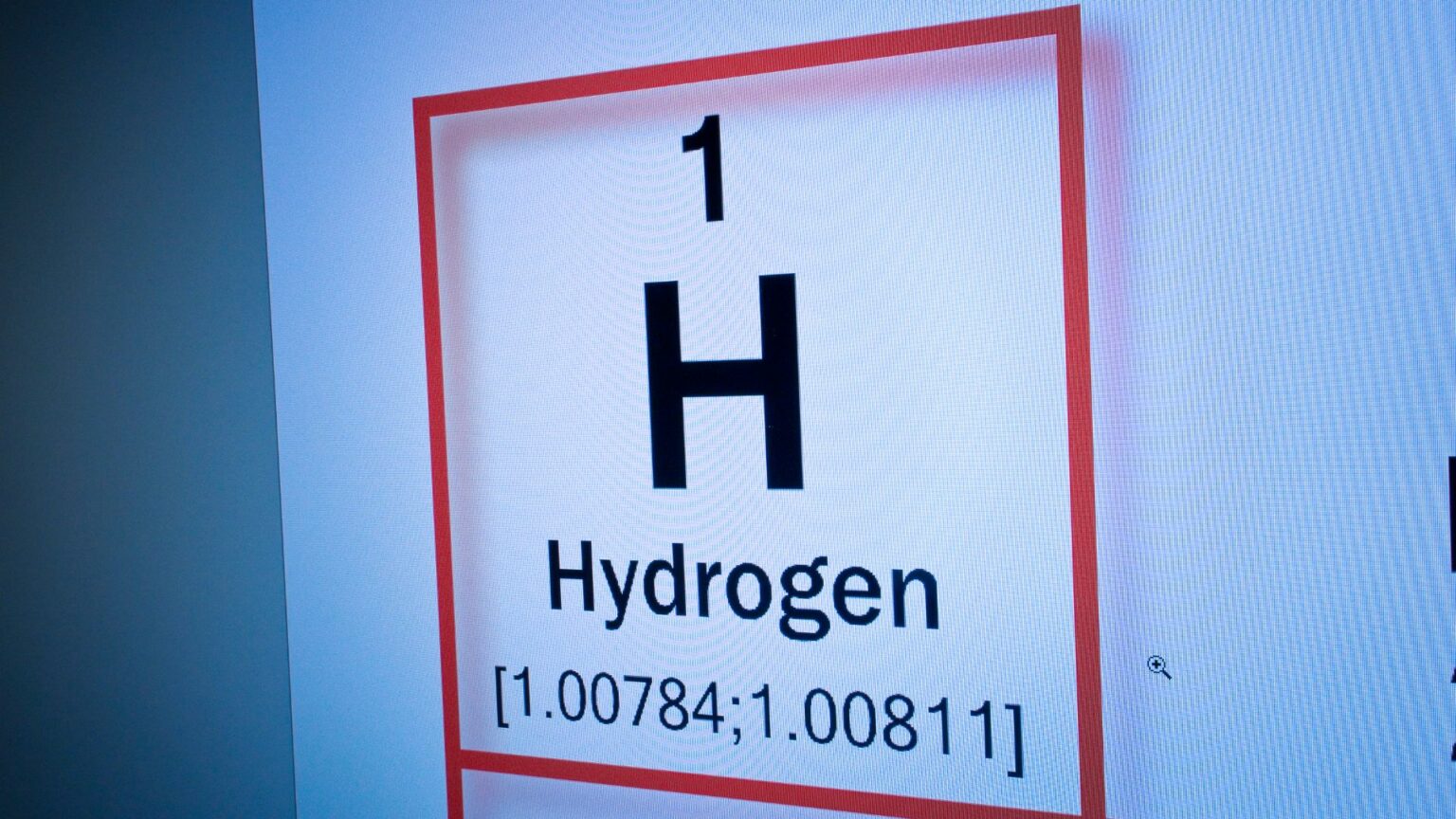Vattenfall’s decision to cancel its hydrogen trial at the European Offshore Wind Deployment Centre (EOWDC) off Aberdeen has raised eyebrows and stirred disappointment within the renewable energy community.
As a key player in the hydrogen energy sector, Vattenfall’s retreat from the Hydrogen Turbine 1 (HT1) project warrants critical examination, considering its potential implications for the future of hydrogen production and offshore wind integration.
HT1 was envisioned as a groundbreaking initiative to equip one of the EOWDC’s wind turbines with an onboard electrolyzer, aiming to explore the integration of hydrogen production with offshore wind generation. This innovative approach held promise for advancing renewable energy technologies and addressing key challenges in the transition to a low-carbon economy.
Despite initial enthusiasm, Vattenfall’s decision to halt the HT1 project before reaching the installation phase has left many questioning the company’s commitment to pushing the boundaries of clean energy innovation. While regulatory considerations and clarification of roles are essential, the abrupt termination of the project raises doubts about Vattenfall’s long-term strategic vision and willingness to overcome challenges in the pursuit of sustainable solutions.
Aberdeen, with its ambitious hydrogen agenda, had high hopes for the HT1 project and its potential to catalyze local hydrogen production and distribution. However, Vattenfall’s withdrawal threatens to undermine the city’s aspirations to become a hub for offshore hydrogen production. The absence of a concrete plan for utilizing the EOWDC’s resources for hydrogen generation reflects a missed opportunity to leverage existing infrastructure for renewable energy innovation.
The HT1 project serves as a cautionary tale about the complexities of navigating the evolving energy landscape and the importance of sustained collaboration between public and private stakeholders. While setbacks are inevitable in pioneering ventures, the resilience and adaptability of the renewable energy sector are paramount in overcoming obstacles and driving progress.
Amidst the disappointment surrounding the HT1 project, the extension of the partnership between Vattenfall and the Offshore Renewable Energy (ORE) Catapult offers a glimmer of hope. By continuing to test and demonstrate innovative technologies at the EOWDC, including robotics and sustainable solutions, both parties demonstrate their ongoing commitment to advancing offshore wind research and development.





